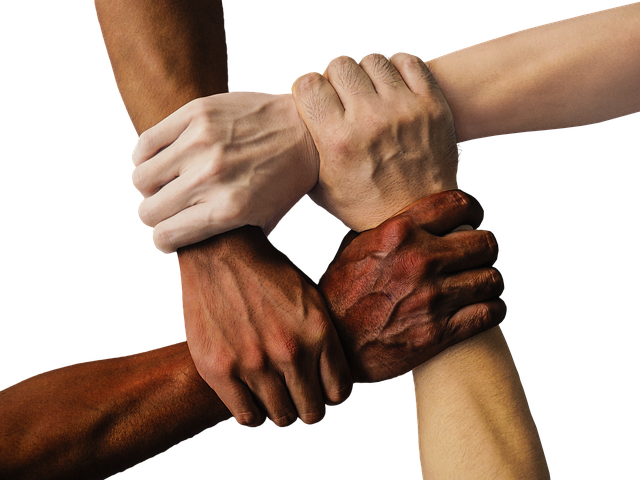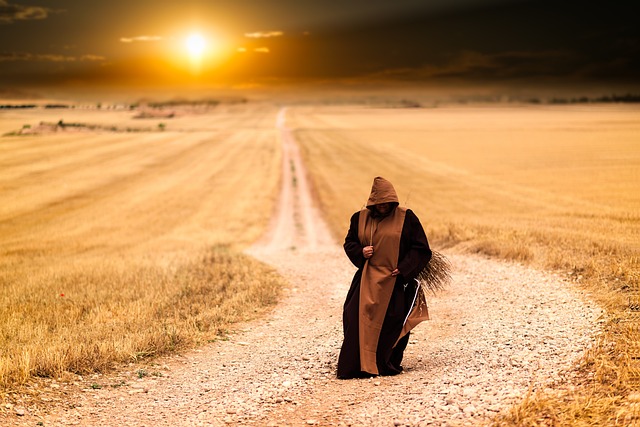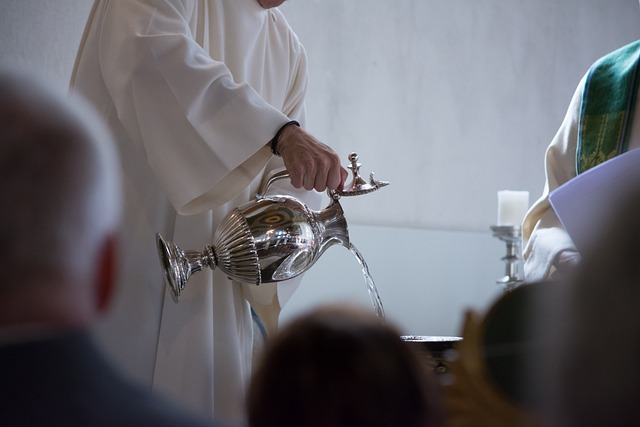Inclusive Faith: Embracing Diversity in Rituals
In a world that often feels divided by belief systems, the concept of inclusion in religious rituals has never been more crucial. Rituals are powerful expressions of faith, yet they can also be reflective of the diverse tapestry of individuals who hold these beliefs. To foster an inclusive faith environment, we must actively seek to embrace diversity within our sacred practices.
Rituals serve as a bridge, connecting us not only with our spirituality but also with one another. Think about how many moments in your life have been marked by religious ceremonies — from births to weddings to memorials. Each of these occasions can be profoundly enriched when we account for the varied backgrounds, traditions, and cultural influences of all participants. Achieving inclusion in these rituals creates a powerful sense of belonging.
Consider the act of prayer. In many faith traditions, prayer is a central ritual. However, the way we approach prayer can differ vastly from one individual to another. For some, it may be a solemn, quiet moment, while for others, it may be loud, boisterous, or even conducted in a language that resonates more personally. By creating spaces where multiple forms of prayer can coexist, we not only honor individual expressions of faith but also deepen the collective experience.
Another example is the celebration of holy days. Each faith has its own set of significant dates, filled with unique ceremonies and symbols. By integrating elements from various traditions into these celebrations, we can recognize the rich diversity within our communities. Imagine a Diwali celebration that also acknowledges the themes of Advent, or a Thanksgiving ritual that incorporates African spiritual practices. These interfaith gatherings can become powerful rituals that honor everyone’s beliefs, fostering shared understanding and respect.
It is essential to remember that inclusion in rituals also extends to the accessibility of these practices. We need to consider how different people experience spirituality and how to meet those diverse needs. This includes being mindful of physical accessibility, providing language translations, or even offering different ways to participate — whether through virtual platforms or alternative modes of participation during celebrations.
The journey to an inclusive faith doesn’t stop at the individual level. Communities have a vital role to play in this pursuit. Faith leaders and organizations can actively work towards inclusivity by educating members about different traditions, promoting interfaith dialogues, and creating platforms where diverse voices can be heard and celebrated. In doing so, they help to foster a community that values inclusivity and continually works to ensure that every individual feels welcomed and affirmed in their beliefs.
Ultimately, embracing diversity in rituals empowers individuals and communities alike to live their faith authentically. Each unique expression adds richness to the overarching tapestry of spirituality, reminding us that while there may be many paths to the divine, we are all ultimately seeking connection — with our faith, our communities, and each other.



